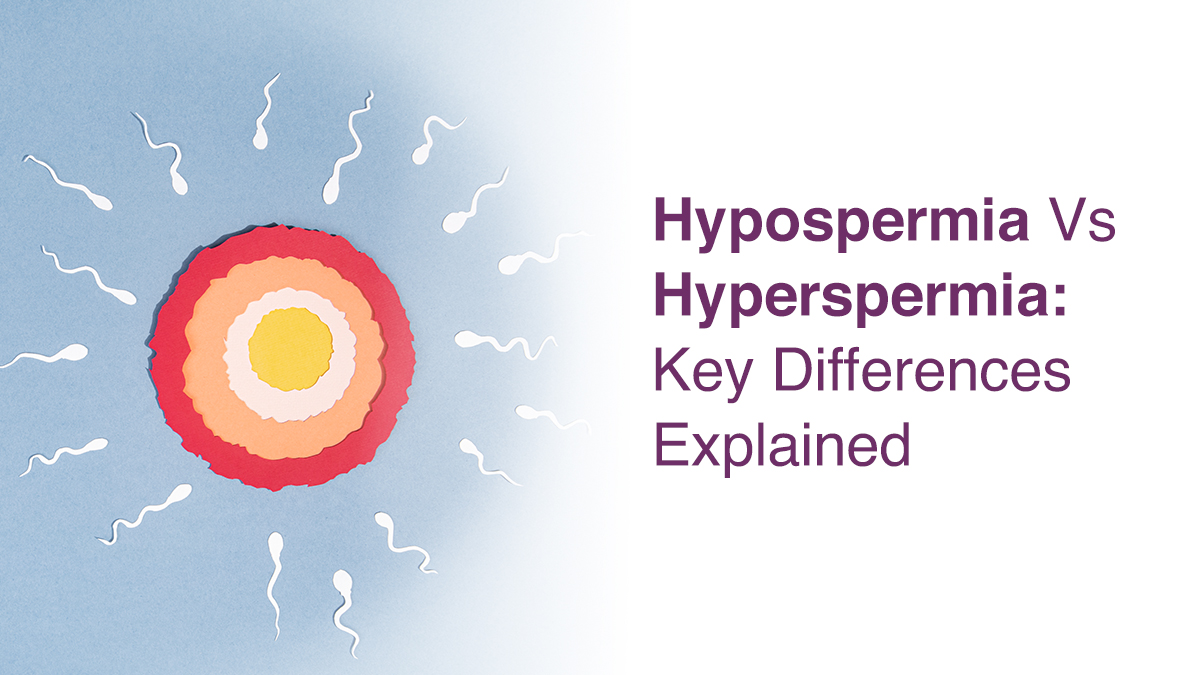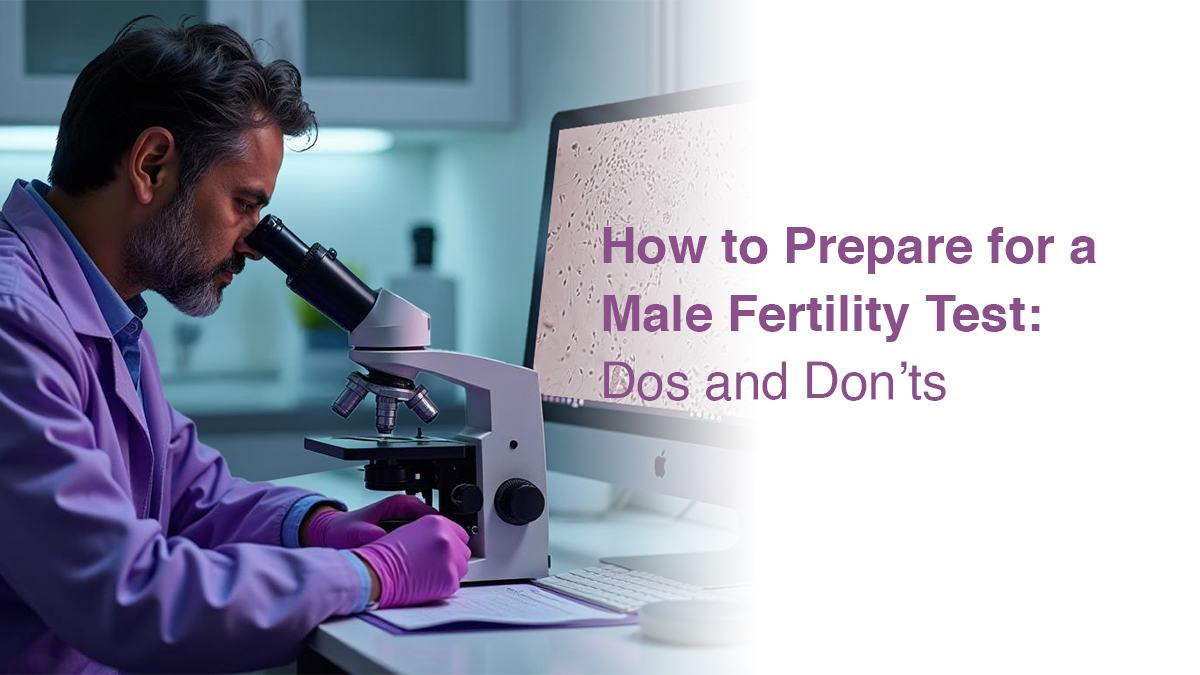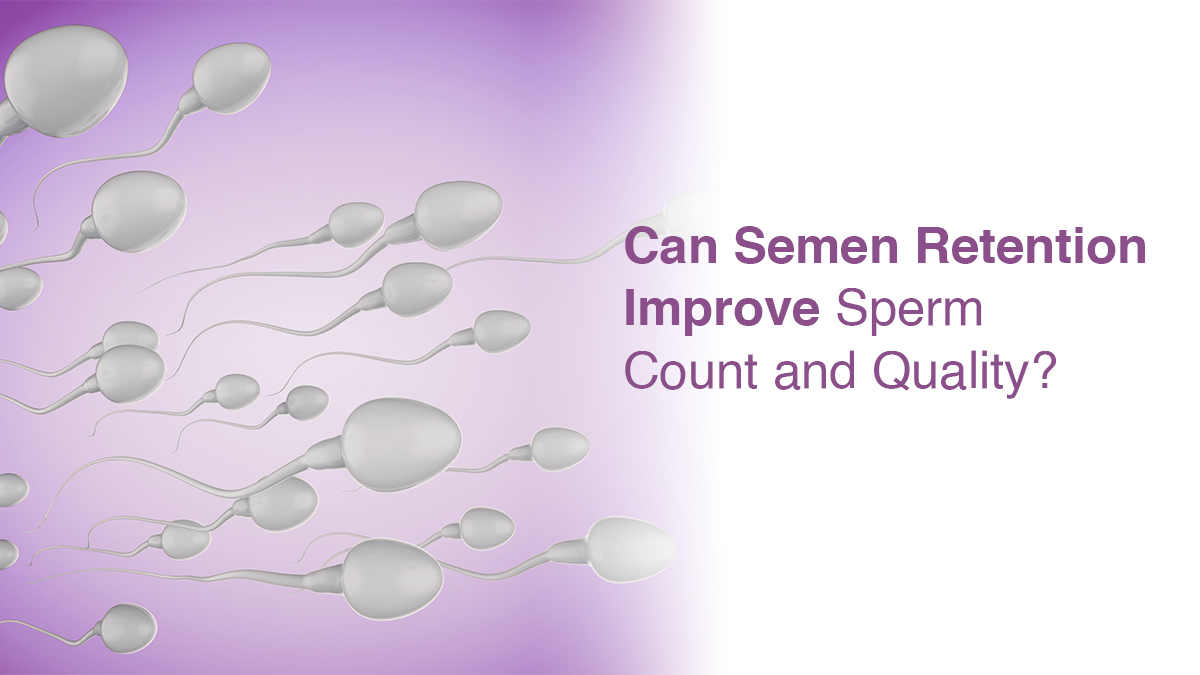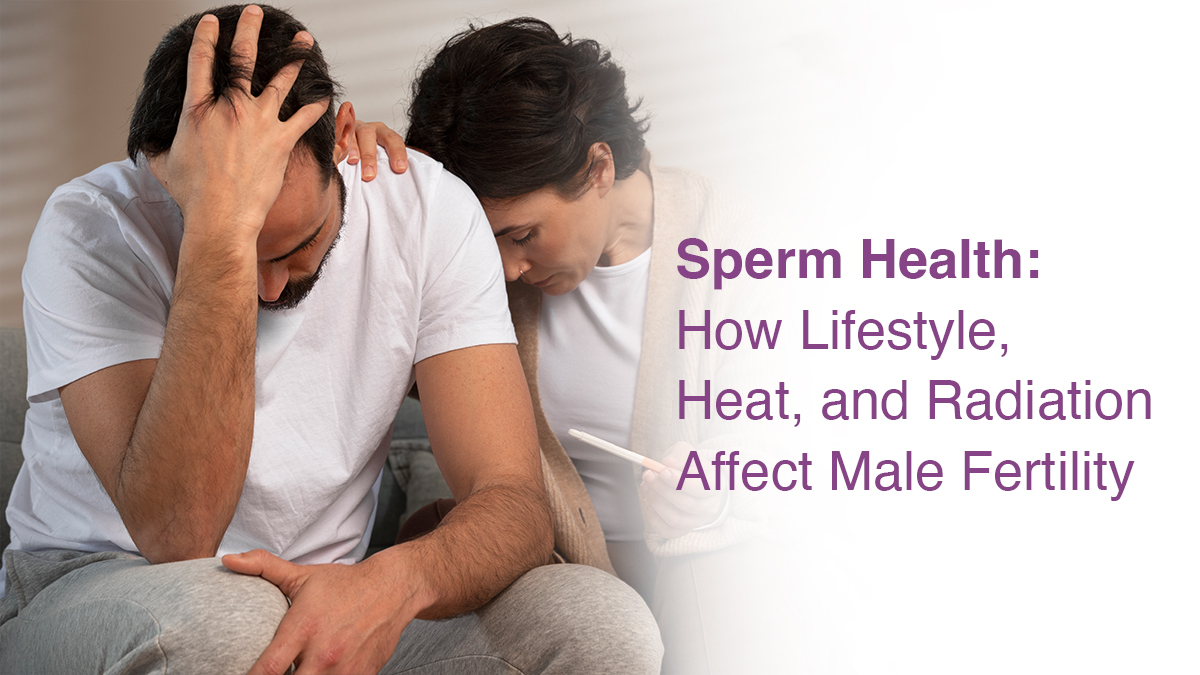
Hypospermia Vs Hyperspermia: Key Differences Explained

Male infertility reduces a man’s ability to conceive a female partner. A low sperm count, aberrant sperm function, or obstructions that hinder sperm delivery could be the cause. Male infertility may result from a variety of causes, including illnesses, trauma, long-term medical conditions, lifestyle decisions, and more. Fertility can also be greatly impacted by conditions such as hyperspermia or hypospermia.
What is Hypospermia?
According to the World Health Organisation, males who regularly generate fewer than 1.5 ml of semen each ejaculation are said to have hypospermia. Since it has a direct impact on male fertility and general reproductive health, understanding it is essential. Being aware of hypospermia makes it possible to diagnose and treat the condition quickly, increasing the likelihood that fertility issues will be resolved, and overall reproductive health will be maintained.
What is Hyperspermia?
Hyperspermia is a rare condition that occurs when a man releases more sperm than is typical. Two to six ml of semen are typically ejaculated. A man is considered to have hyperspermia if his semen production exceeds 6.3 ml.
Key Differences Between Hypospermia and Hyperspermia
A. Semen Volume
Hypospermia happens when the volume of semen is less than normal, usually no less than 1.5 millilitres per ejaculation. On the contrary, hyperspermia is characterised by an unusually high concentration of semen, frequently more than 5 milli litres each ejaculation.
B. Causes
Some of the causes of Hypospermia include obstructions in the seminal vesicles, retrograde ejaculation, hormonal abnormalities, or dehydration. Conversely, prolonged abstinence, infrequent ejaculation, or specific hormonal abnormalities are a few of the causes of hyperspermia.
C. Impact on Sperm Concentration
Reduced sperm concentration is frequently linked to hypospermia, which may affect sperm’s capacity to fertilise an egg. Despite having a larger volume of semen, hyperspermia may dilute the concentration of sperm, which could reduce the likelihood of successful fertilisation.
D. Effects on Fertility
Due to the decreased volume of semen, hypospermia might hinder the delivery of sperm to the egg, which can have a detrimental effect on fertility. Likewise, increased semen volume caused by hyperspermia may impair sperm quality and motility, which may also impair reproductive results.
Diagnosis and Testing
A study of the patient’s medical history and physical examination are the first steps in the diagnosis process in order to rule out possible reasons such as structural problems or hormone abnormalities. Semen volume (less than 1.5 mL for hypospermia or more than 5 mL for hyperspermia), sperm concentration, motility, and morphology are all measured by a semen analysis, which is essential.
While the ultrasounds check the reproductive organs for any anomalies, hormonal test its against testosterone, FSH, and LH. As for hypospermia, post-ejaculation urinalysis aids in the correction of retrograde ejaculation. Genetic analysis and other medical tests might show underlying causes. Effective treatment regimens for improvement of reproductive result depend on these evaluations.
Treatment Options
Treatment for Hypospermia
Hypospermia can affect your fertility and mental health, but thankfully, there are treatments available. Get the clarification you require by scheduling a visit with a reproductive specialist if you are experiencing symptoms. Your doctor can recommend hormonal therapy to correct imbalances or medication to treat any underlying infections. Surgery can be required to address anatomical problems or eliminate impediments. Maintaining a healthy lifestyle that includes regular exercise, and a balanced diet may help with semen production.
Treatment for Hyperspermia
Addressing the underlying hormonal abnormalities is frequently the main goal of treatment for hyperspermia. Hormonal drugs can lower sperm production and assist control of testosterone levels. Stress reduction and dietary adjustments are two examples of lifestyle adjustments that may help reduce symptoms. People can manage the psychological and emotional effects of hyperspermia with the use of psychological therapy. To find the best course of action for your circumstance, it’s crucial to speak with a healthcare expert. Hyperspermia symptoms can be controlled, and potential problems can be avoided with early diagnosis and suitable therapy.
When to Seek Medical Advice?
If your semen volume fluctuates frequently, such as when it is regularly low (less than 1.5 mL) or large (more than 5 mL), especially when you are attempting to conceive, you should consult a doctor. Prompt evaluation is necessary for any further symptoms, such as discomfort during ejaculation, blood in the semen, difficulties ejaculating, or indicators of a hormonal imbalance (e.g., weariness or decreased libido). See a healthcare professional if issues with fertility continue after changing one’s lifestyle or if there are indications of underlying diseases like infections or blockages. In addition to improving results, early diagnosis and treatment address any possible effects on reproductive health.
Conclusion
Addressing the effects of hyperspermia and hypospermia on fertility requires an understanding of their distinctions. Reproductive health can be enhanced, and the likelihood of a successful conception is raised with early diagnosis and customised treatment. Consult with our fertility specialists from the Oasis Fertility Clinic near you to gain knowledge on how to improve the quality of your sperm and understand your treatment options. You can also call 1800-3001-1000 or use our live chat facility to get more information.


fill up the form to get a
Free Consultation
Avail 0% interest on EMI
All Procedures | No Upper Limit
Frequently Asked Questions
Can I get pregnant with hypospermia?
Is hypospermia bad for you?
Is thick sperm good for health?
Can slow sperm get a woman pregnant?
How we reviewed this article:
- Current Version
- https://nimaaya.com/blog/unveiling-hyperspermia-exploring-causes-effects-and-solutions/
- https://www.novaivffertility.com/fertility-help/what-hypospermia-and-its-symptoms
- https://www.andrologycenter.in/blog/understanding-hypospermia-causes-symptoms-and-treatment/
- https://www.urologyhealth.org/healthy-living/urologyhealth-extra/magazine-archives/winter-2019/male-infertility
- https://ferticity.com/hypospermia-causes-symptoms-treatment/
- https://www.novaivffertility.com/fertility-help/what-is-hyperspermia#:~:text=Hyperspermia%20is%20a%20condition%20in,between%202%20to%206%20ml.
- https://ferticity.com/hyperspermia/#:~:text=Treatment%20for%20Hyperspermia&text=Some%20common%20treatment%20options%20include,changes%2C%20may%20help%20alleviate%20symptoms






